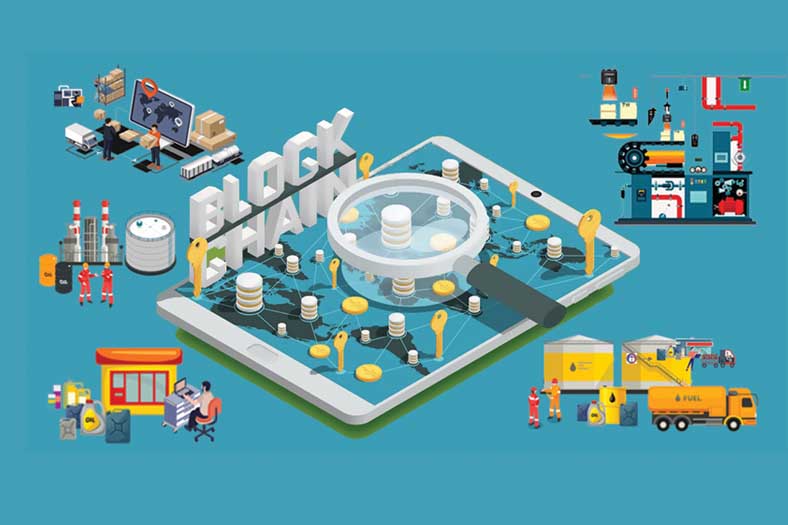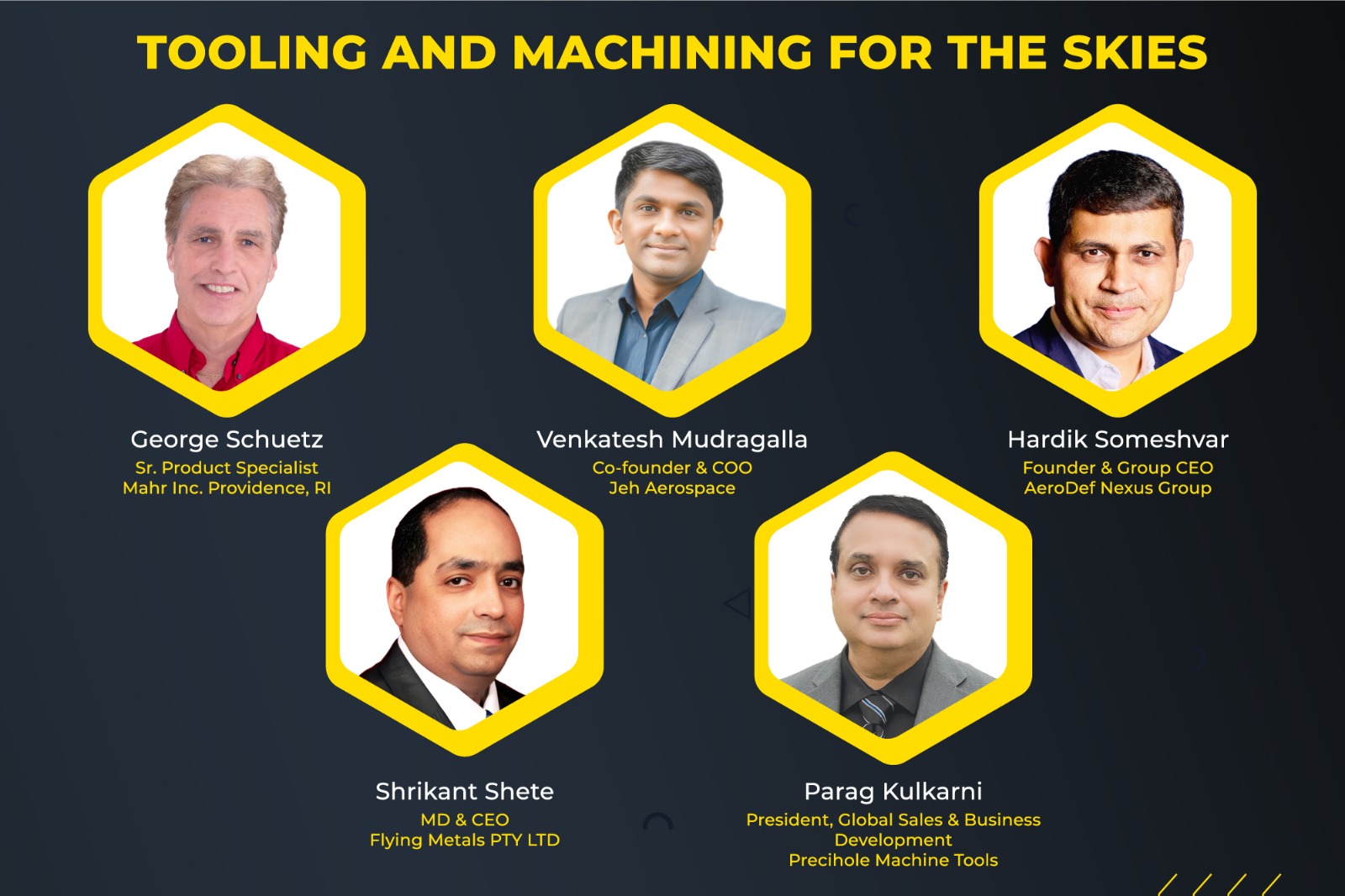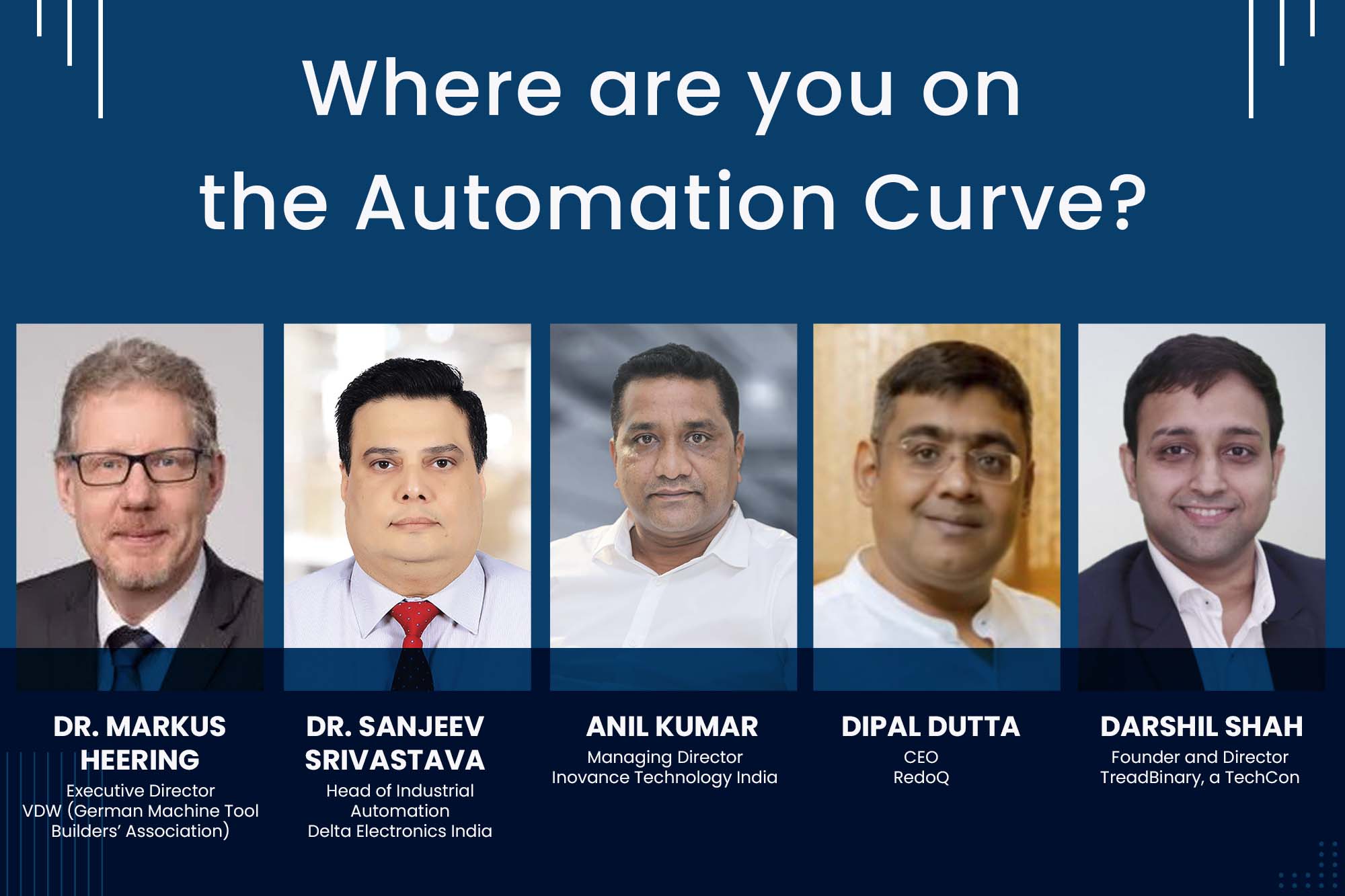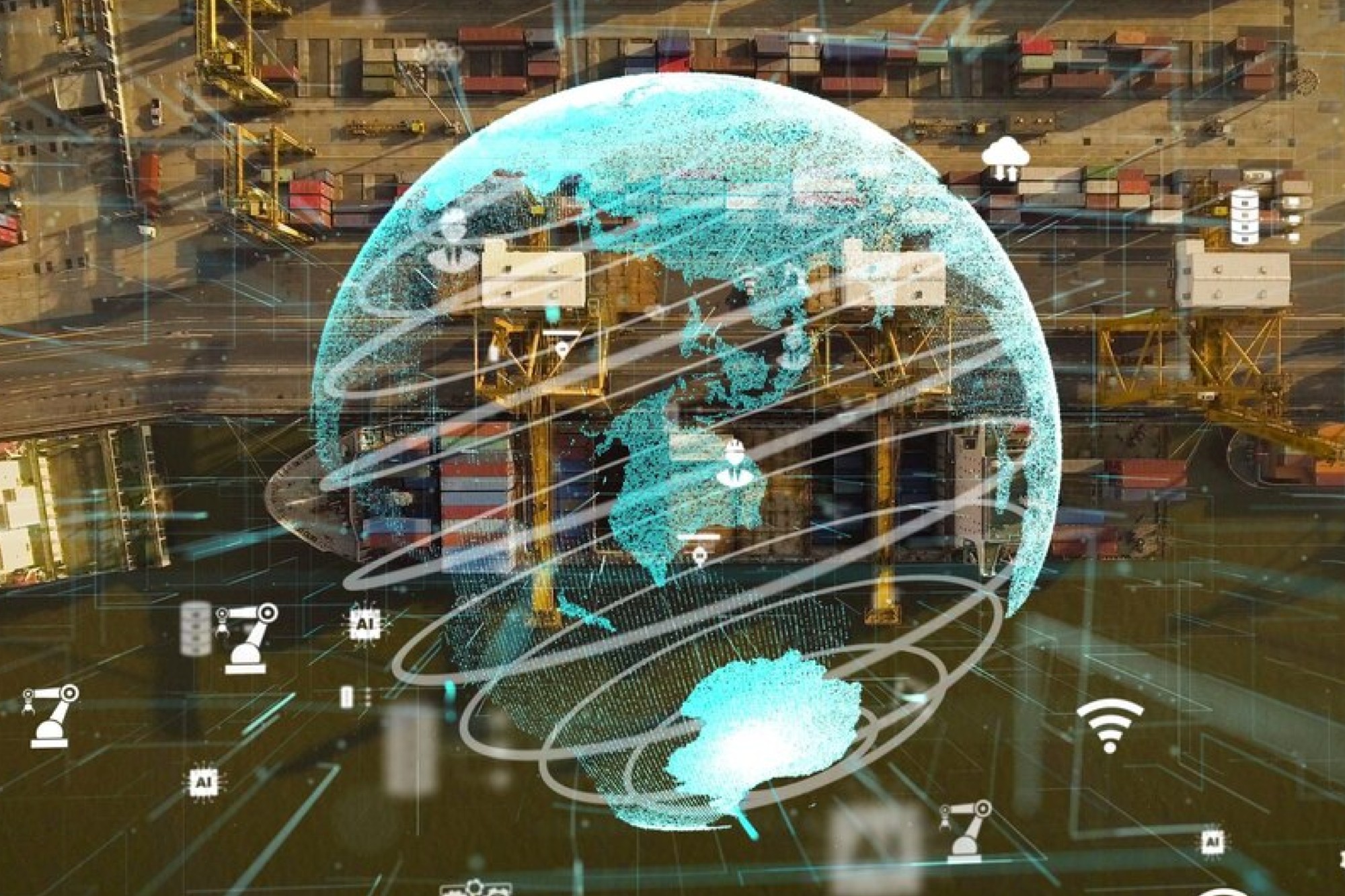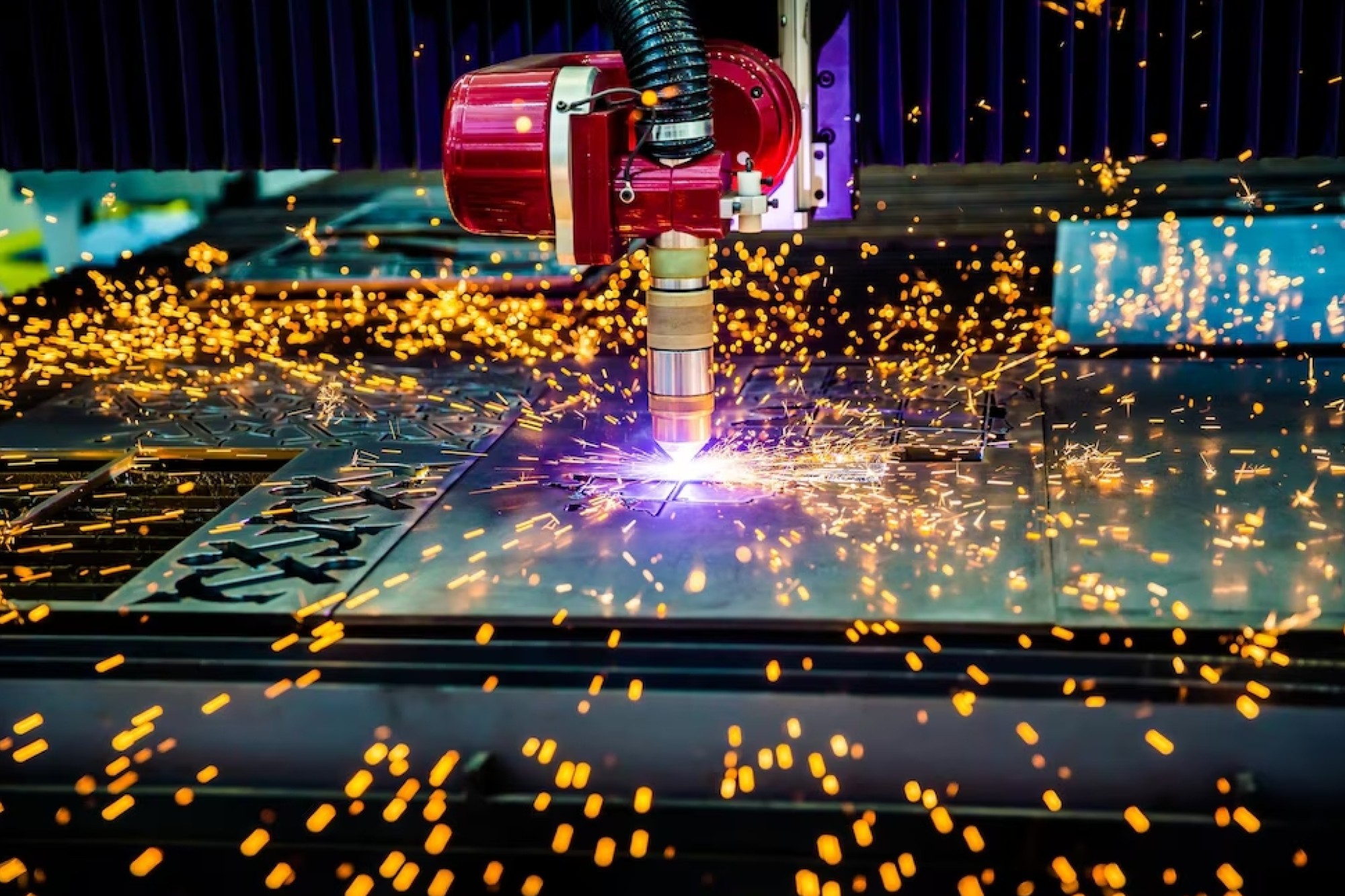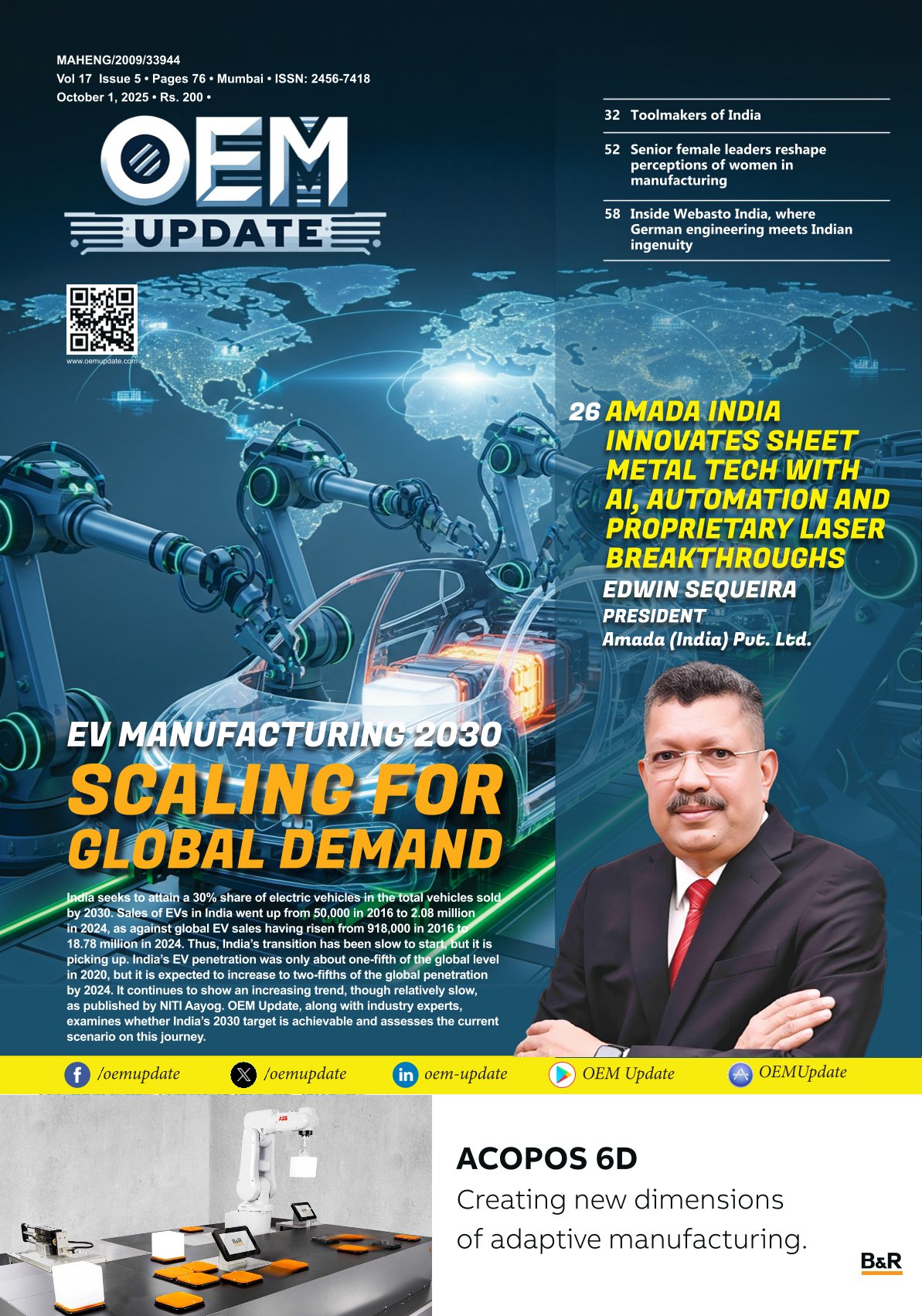SUPPLY CHAIN TRACEABILITY POWERED BY BLOCKCHAIN
By OEM Update Editorial March 30, 2022 1:34 pm IST
Essence of traceability solution in addition to capturing data delves in measuring waste, identifying defects to avoid product counterfeiting and much more detections in the manufacturing supply chain.
Infusing automation technologies in manufacturing processes and integrating digital data connectivity relevant to tracking, is advancing growth of traceability systems across varied sectors. Though automation enhances production efficiency and saves time; usage of bar codes, tags and GPS traceability helps in achieving supply chain transparency in varied sectors including pharma F&B and packaging, right from the manufacturer to end user.
IoT traceability solutions are zeroing in on the expanding market, employing intelligent sensors monitored manufacturing. The manufacturers providing track and trace solutions assume relevance in the present times of digital innovations. Robotics, automation and traceability processes enhance manufacturing, eliminating defective products and duplication going waste. Automation enhances manufacturing, causing optimum production capacity.
Blockchain and sensor technologies for traceability design systems
Counterfeiting is a global problem from a data security point of view. When it comes to IoT as well as RFID, the sensors are already there in the market. Elaborating, there are multiple options available in the market, Mr. Balaji Kandregula, Director – Technology, MSRvantage is of the view, that it is not something new, which has evolved recently. How the data is captured from the sensors and how the data is actually secured in the storage environment is of value. That actually makes a lot of difference. And, there are a lot of cost effective solutions, because of the advancements in the cloud.
There are various options to store the real time data. It is coming from all the IoT devices and all RFID tags and even other GPS sensors and everything. So, multiple options as part of a blockchain as a service, are available on the cloud. So, once all the data is pumped into the cloud, which is again secured by blockchain, it will enable secure storage. So that will facilitate all the benefits of the cloud in terms of reliability in terms of how fast one can access the data and how we can integrate the data to other systems.
Apart from that, blockchain enabling is the prime focus and then there are other technologies, which are still evolving, such as quantum computing and the cryptographic techniques which are available in the R&D stage. So, as of now, majorly encryption based technologies are existing. And, blockchain is the one with the advent of digital currencies. All in all a lot of traction and a lot of implementations are happening, especially in the supply chain networks with respect to the blockchain.
The need arises to understand if Blockchain is secure technology for implementation of encrypted traceability solutions. Mr. Rohit Sadaphal, Local Project Management Specialist, Aurangabad Electricals Limited, remarks, definitely, it is a secure platform as far as the world knows.
Several use cases around the blockchain technology being used. In fact, in Aurangabad Electricals Limited, they are also piloting it for inventory management. So it is of use, in terms of utilising it for the smart contracts for the finance, procurement, and for all other transactions. Not only for financial transactions, but also in terms of data transactions, validating the data transactions, it’s of much use. And for the quality aspects of the products, it is very relevant in industry for the data transactions which are relevant to R&D design. Digital transformation has changed everything and for creation of digital twins, traceability for startups, for vaccines, etc. the need for data privacy is more.
The pertinent question revolves around using data for automation and traceability solutions. It certainly has operative benefits and advantages. Reflecting on the benefits, Mr. Prasad Kulkarni, Assistant Manager, Mitsubishi Electric India Pvt. Ltd., said, one advantage of an automation system in place is basically being able to visualise the data. So, once data is visualised it can be analysed. What are the basic losses and how to be able to identify those losses? Based on those losses, necessary actions can be taken. That’s the main benefit; unless it is known what needs to be taken care of, it is difficult to put actions into place. In his opinion, automation plays a very important role, because it captures the data and makes one realise there is a loss in manufacturing practices. That’s the main reason to have an automation system in place.
Advent of IoT and electronics to track
Securing everything is a need of changing times. considering security breach, if a tag is missing, then besides RFID and GPS what other applications can track location of which asset is where. According to Mr. Balaji, when the tag is missing actually, with the advent of IoT and with the advent of electronics, very thin layer fabrics are available now. So, that actually replaces a traditional conventional RFID based system with the IoT. It is a very convenient system. So, it has been an integral part of the packaging system. It’s not like; add on labelling on the package, it also comes with the integral system as part of the packaging. And, with the microscopic sensors, which are available as part of IoT, they can capture the real time location of the longitude and latitude of the particular device and they can be integrated directly into the cloud and all the data is available for further analysis. This is already available as part of the market research and the systems are already in place. Obviously the systems are in the developing phase.
Further, counterfeiting is a major issue when dealing with supply chains. To provide faster results in the whole value chain to analyse data, sustainable solutions are required. The pharmaceutical supply chain is becoming vulnerable for counterfeiting drugs to enter the market. Mr. Rohit is of the view that vulnerability; challenges together in particular are related to the ecosystem of the country. However, the solutions must be able to be tailored to the needs of the organisation, to the needs of the product. So, first things first, the solution should have a great applicability. That’s the first thing. Second thing technically speaking, should be scalable enough to match the requirements of different ecosystems. And in changing times, systems should evolve or the solution should start with the pharmaceutical industries like they were all stocked and everything. So, when we have our traceability in place, we will know before any time that grabbing the blocks will be a system. The blocks can be easily mapped with the relevant solutions. And one can always take advantage of this prescriptive or predictive thing that once an issue is known beforehand with the traceability solution, clear the blocks. The data traceability and the solutions can provide insights, but of course, they will require humans to work on it.
Humans and robots have to work together in the changing environment. Businesses are realigning in the emerging new world and packaging innovation is a key to meet consumer traceability expectations. Hence, the need for innovations in packaging is evolving more than before. Mr. Prasad categorically puts that innovations are always required. And that is the driving force. M i t s u b i s h i is also into p r o d u c t business, but now it moved into e-factory kind of solution business. So innovations are always required. And to meet these traceability implementations, innovations in the packaging are required.
Basically, how to compare Ethernet solutions with respect to effective solutions, because normally Ethernet solutions are used in all public sectors, like they have machines from many foreign countries of very complex nature, there are always some problems in solutions programming as well as some of the machine issues. Also, those people sitting there can immediately rectify that and use a selection for this. The system can interact with all such things. There are various plug-in available, whether it is a Modbus TCP, whether it is PROFINET, TCP IP, so it can be connected to any TCP IP data through the systems. And support from it is always required without OEM support or without end user support.
Mr. Prasad comments, to implement whether it is the factory project or any smart manufacturing or end user OEM; the automation supplier needs to work hand in-hand. So, it’s everyone’s responsibility when you want to achieve digital transformation, then all these three teams need to work very effectively and have to do it hand in hand.
Managing traceability challenges in remote areas
To manage traceability and security while serving to reach difficult terrains for instance India – as a diverse country in terms of geography. How traceability solutions can be implemented in various terrains is a challenge.
Mr. Balaji mentions, this is a very practical challenge, not only in the terrains, and especially when the system is based on the internet. Even when it comes to other remote places, where there is no internet facility. What happens with the advent of satellite communications and the GPRS enabled devices, so, the device itself will have enabled tracking facility actually not depending upon the internet. This is a separate network pair. So, what happens is, it will be having a local cached copy of the entire route. And then the route will be installed into the device, and it will capture all the metrics, and then it will check whether the vehicle itself is actually following the path or not.It’s like, you know, a pre configured route. And if any deviations are happening to the vehicle, it immediately captures the devices. Advantages lie in the fact that, we are avoiding the internet and other sources and places where it is very difficult to have, especially in difficult terrains and remote areas where there is no proper signal.
What happens if we have the proper signal? What happens if the truck driver or someone else intentionally turns off the GPS system? This is also the biggest challenge. So that is where actually new things are coming up, where automatically they have a local cached copy of the data and it will start capturing the data from the device. So, the data directly goes to the cloud, since there is no possibility of the internet and there is less bandwidth or even the device is turned off intentionally, but it will buffer the data like the black box sitting inside the aeroplane. Similarly, it will just buffer all the local copy. Once the connection is restored back, it will start uploading all the data from the cloud. Mr. Prasad has a point in sharing to rely a lot more on fast tags; we can see responses across India about how different highways or areas of that technology work in a similar way.
Emergence of 5G technology
Traceability is probably the first step towards automation. The industry is moving towards industry 4.0, industry 5.0, smart factories. Looking at the emergence of 5G technology, what will be the impact on the integration of such systems to end product lines for better automation and full traceability? That implies the communication will be much faster, and there will be less latency while communicating the data from one system to another. Today, like most of the technologies in India, the manufacturing sector is limited to data transmission and data Automation, and data analytics. With the role of 5G, one can actually automate some of the systems and can manage them with cyber systems, feels Mr. Rohit. It is called a cyber physical system. With the help of technology, machines can be managed from remote locations. With the rollout of 5G, many innovations are coming into those things.
In our country, we have an ample workforce available with us. We are not short of workforce, but fresh technologies are already in place in western countries where they are short of skilled manpower. The utilisation of the cyber physical systems for the non productive work in the warehouse, the shop floor etc., can automate entries and everything. Remotely, that will be much helpful with the 5G rollout. Now, of course adding to the 5G in the near future, the satellite being rolled out where internet for all will be better vision. So innovations and solutions are coming into the marketplace.
RFID tags or QR codes for traceability
In fact, we are familiar with RFID or QR code or barcode. These are the technologies now very familiar with people. From the point of view of future technologies in traceability Mr. Prasad points out, first things like RFID and QR is a mature thing because RFID was already there in the past. So that’s a very mature thing and for QR code in the transaction, India ranks first in the online transactions for the financial thing. With the rollout of RFID and other things, the next thing particularly from the automotive manufacturing sector is a polymer thing which works well in all processes, like the rubber withstands the harsh moments.
The next big thing that we can see in traceability is the kind of material which is integrated inherently with the products. So which is not seen outside but that is inherently there in the material. Only the owner of this particular material or owner of this data should be able to trace it. So looking at such innovations from the material sciences, they are already working on. The changes will be visible in most of the things sooner or later.
Mr. Balaji is of the opinion that a lot of technologies are coming up especially with nanotechnology that has been booming. So, all the RFID next versions are implemented and they have been closely integrated with the material itself. Ideally people cannot recognise whether there is RFID there inside in it or not. It is already embedded into the material fabric, whether it can be a smart watch or it can be some expensive equipment or it can be a missionary. So, with the advent of this technology, RFID tags were imprinted along with the fabric itself. It’s already in place and a lot of research and the implementations are going around it.
There exists a wonderful tracing technology at a steel plant in Europe. The whole plant is second-hand purchased from the US and UK, but any component at any stage can be known in no time, like in which machine the problem is existing. Which operator was on the machine at that time? This also falls under traceability dimension!
From view point of Mr. Balaji, the traceability within the plant is traceability of the machines and who operated it, what time and all the downtime analysis and everything. Hence, focus has to be more on product traceability from the time product has come out from the manufacturing plant, all the way to the end consumer. It will cross multiple units and multiple endpoints. However, MSRVantage platform helps to trace and track the product.
Definitely, QR code is one of the cost effective solutions, because of various options. According to Mr. Balaji, it depends upon the volume. What is the volume and what are the scales that we want to implement? If you want to label it, the labelling cost of QR code is much cheaper when compared to RFID and other systems. Again, it depends upon the volume, and also the database if you are depending upon the scanners and centres. And then QR code is the best. If we are depending more on the system itself to generate the data than RFID, obviously, it will generate a lot of information from it.
Way ahead
Finally, talking about traceability, most of the time it is expected to think about the processing, which is internal to the plant and things but as the time is moving, we are going into circular economy picking up from sustainability. In coming times the traceability will be linked to the life cycle assessment of a product Mr. Balaji remarks.
Beyond the factories also the product needs to be addressed in the market, because the vehicles which we are manufacturing will be operational at least for 15 years, with the scrappage policy in place, is the opinion of Mr. Rohit. For the next 15 years, a traceability of the product should remain and in fact, most of the vehicle manufacturing agencies are doing the things they are making connected vehicles. So the connected vehicles will help improve their own processes. Overall the traceability as such is not limited to process; it is also coming into design aspects, in human aspects.
Challenge remains: First thing is the material, how to put that material under various products and processes? And how to trace that! But an upcoming nanotechnology and the material sciences have a solution for it. In the nearing times, the QR code implies traceability. But in an organisation, different kinds of requirements from end users will emerge. Factories need gearing up for whatever challenges that come across. Secondly, at the end of the day, it’s all cost. From that angle, what is the benefit; what is the ROI! All the solutions are available in the market. How flexible they are and how cost effective they’re apart from problem solving of all the existing problems. The primary focus is how to make the solution scalable and much easier to adopt at the lower cost for all the companies. It is very crucial, especially in the manufacturing segment in the supply chain; be it in the retail, F&B or pharmaceutical treatment. Traceability is crux of essence to measure waste, identifying defects, to avoid counterfeiting issues and many more detections at various levels. Hence, sustainable and flexible solutions are needed in terms of the applicability,. For emerging opportunities like Indian railways has roped in Dedicated Freight Corridor Corporation and coming up with an app and giving customers receipts with QR code for freight logistics which will help to track consignment; and much more needs research and deliberation for futuristic solutions in a holistic manner.
Conclusively, traceability and sustainability walk hand in-hand. Confining traceability is not possible. It is not just capturing the data, and tracing the lifecycle of the product. But it’s more than that.
Cookie Consent
We use cookies to personalize your experience. By continuing to visit this website you agree to our Terms & Conditions, Privacy Policy and Cookie Policy.




